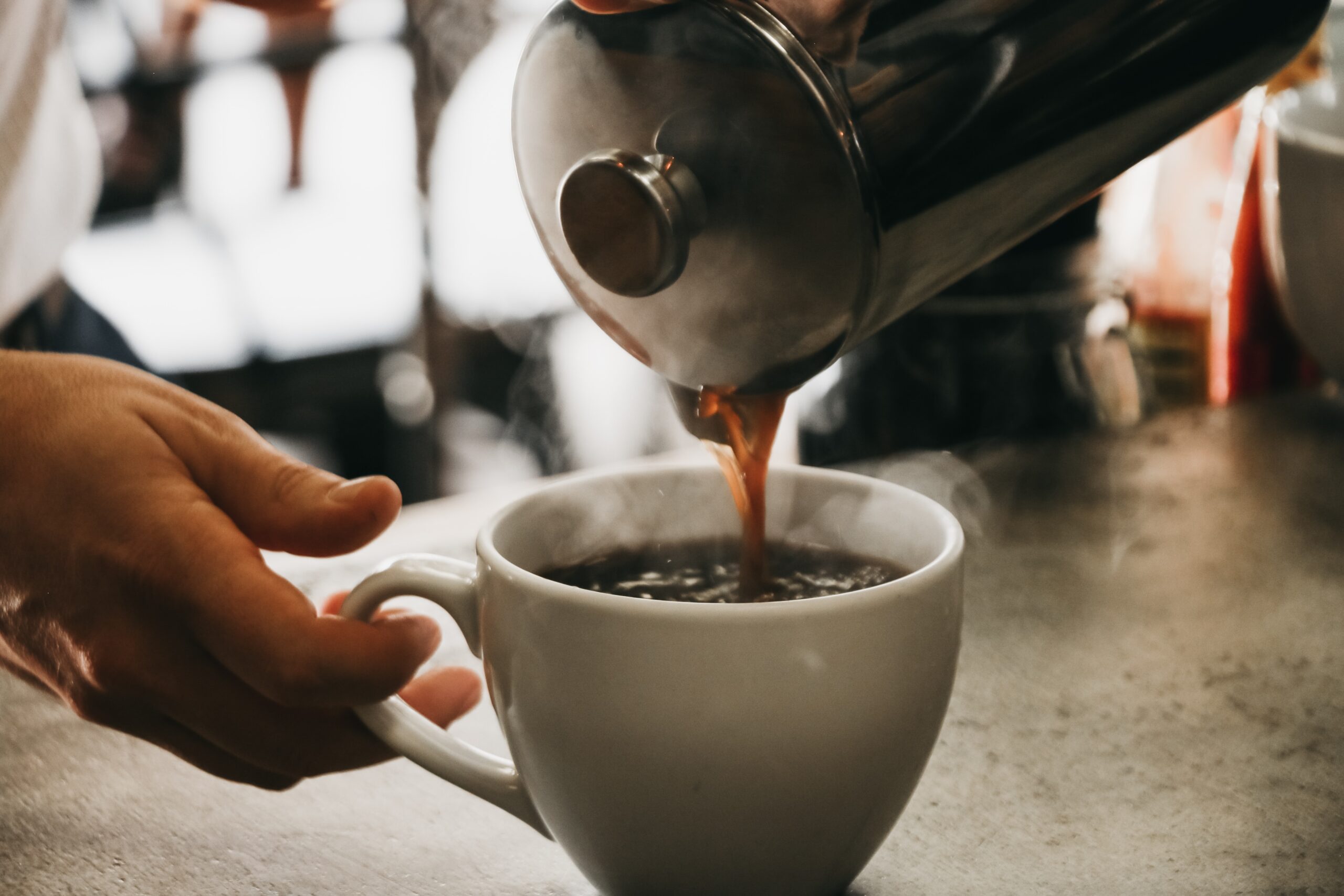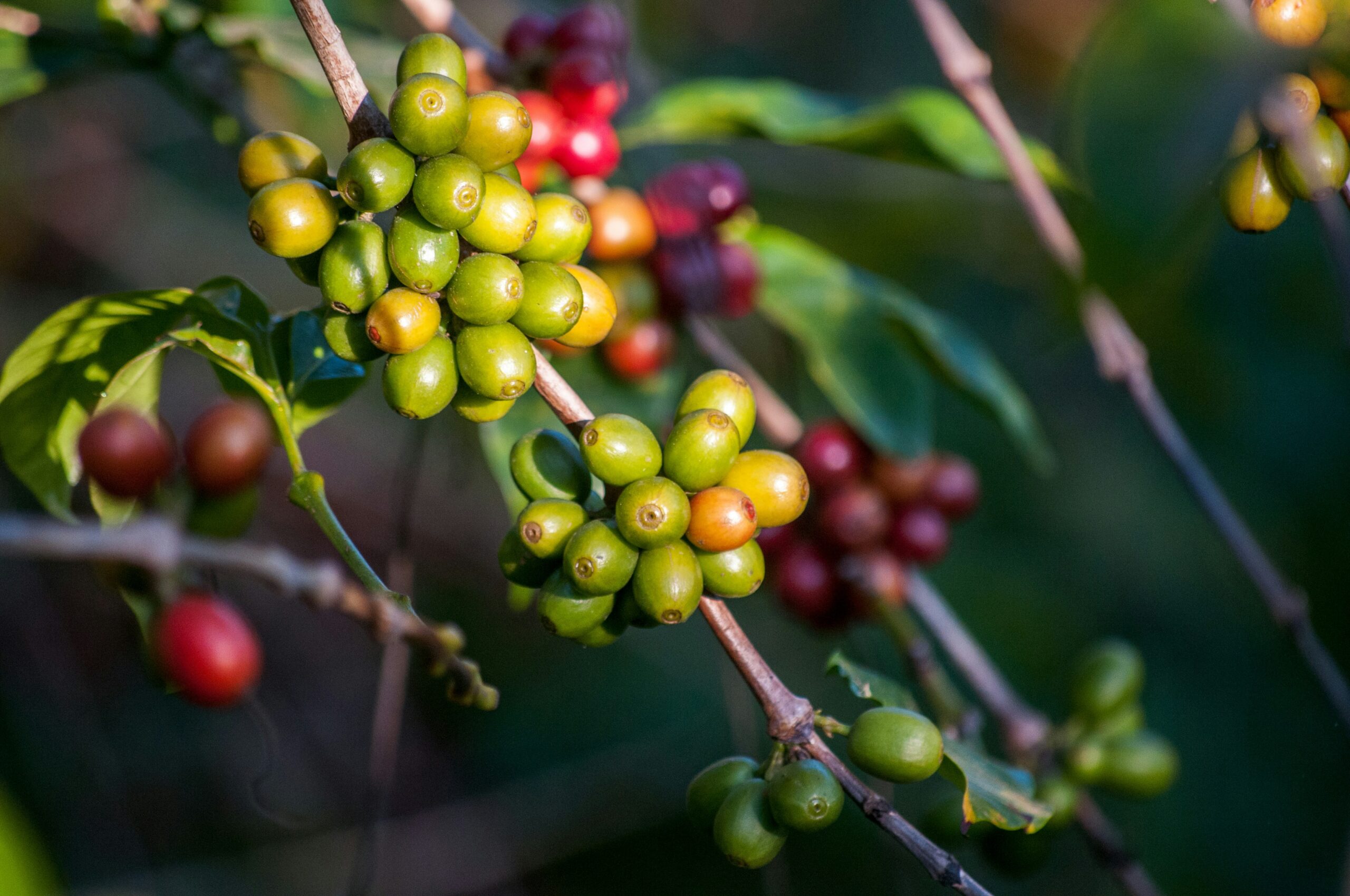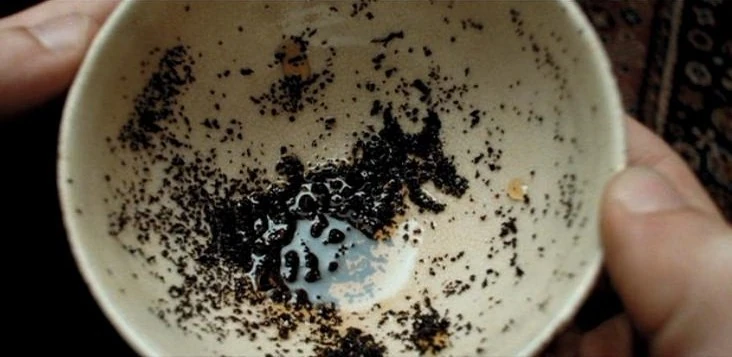
Which Coffee Origin Has More Caffeine? Here’s What You Need to Know
If you’re a coffee enthusiast searching for that perfect cup with a caffeine kick, you may be wondering: which coffee

Brazil is the largest producer and exporter of coffee in the world, responsible for approximately a third of the world’s coffee. However, coffee wasn’t indigenous to America and instead reached here as horizons widened and it was brought to Persia and Europe via the Mediterranean and later India and further west to the Caribbean.
Legend has it that in the 1700s the Portuguese in Brazil wanted to cultivate coffee, but neighbouring French Guiana refused to share seedlings. Francisco de Melo Palheta was sent on a diplomatic mission to try and obtain coffee seeds from the Governor of French Guiana, however he was denied access. On the way back to Brazil, it is rumoured that Francisco seduced the governor’s wife, who then smuggled him the seedlings in a bouquet of flowers. How romantic!
Over two thirds of Brazilian coffee beans are Arabica coffee beans with the remaining third being mostly Robusta. Arabica beans are larger and contain less caffeine than Robusta coffee beans. They fetch a higher price than Robusta as they are more labour intensive to grow but produce a more acidic and well-rounded flavour when compared to the smaller, fatter bean. Arabica beans are preferred for use as a single origin coffee bean as they have a sweet, floral flavour profile whereas the higher caffeine content in Robusta beans make them much better for roasted coffee blends, instant coffee and espresso coffee. Brazilian coffee overall is less acidic than coffee produced in other regions and generally has a sweet, nutty and fruity flavour.
Different regions in Brazil produce different flavours and varieties of coffee beans. Brazilian coffee is generally grown at lower altitudes than Central American coffee but the climate of each region of Brazil coffee contributes to their unique flavour profiles.
Coffee of Brazil is grown in seven main regions, each of which has their own climate, properties, cultivation methods and preferred coffee bean.
The Minas Gerais Brazil region produces around 50% of the country’s coffee. There are 4 smaller regions within Minas Gerais.
Most of the plantations in Espirito Santa Brazil produce Robusta coffee beans as the climate in the southeast of Brazil is conducive to growing these high-caffeine coffee beans. This region is the second largest coffee producing region in Brazil.
Bahia Brazil is the newest coffee producing region and has grown rapidly in reputation due to its investment in technology. Much of the farming here is mechanised from cropping to harvesting and irrigation. In conjunction with a high-tech approach, the higher altitudes, warm climates and annual rainfall mean this is a high-yield Arabica producing region.
São Paulo is home to the Port of Santos which is the main exporting coffee port of Brazil.
Producing only Arabica coffee beans, Pananá is an intensely farmed region with a relatively low yield compared to other regions. This could be due to its climate and altitude.
The Rondônia region produces mainly Conillon coffee beans, which are a similar variety to Robusta, and producers here have been recognised for the quality of their coffee.
Coffee plantations on the outskirts of Rio de Janeiro produce coffee but this is one of the country’s smallest coffee producing areas.
Try Penningtons Brazilian Cerrado single origin coffee. Available in whole coffee beans, ground coffee and in our compostable coffee pods.

If you’re a coffee enthusiast searching for that perfect cup with a caffeine kick, you may be wondering: which coffee

Ever finished a comforting cup of loose leaf tea and noticed the leaves left behind? For some, they’re simply remnants.